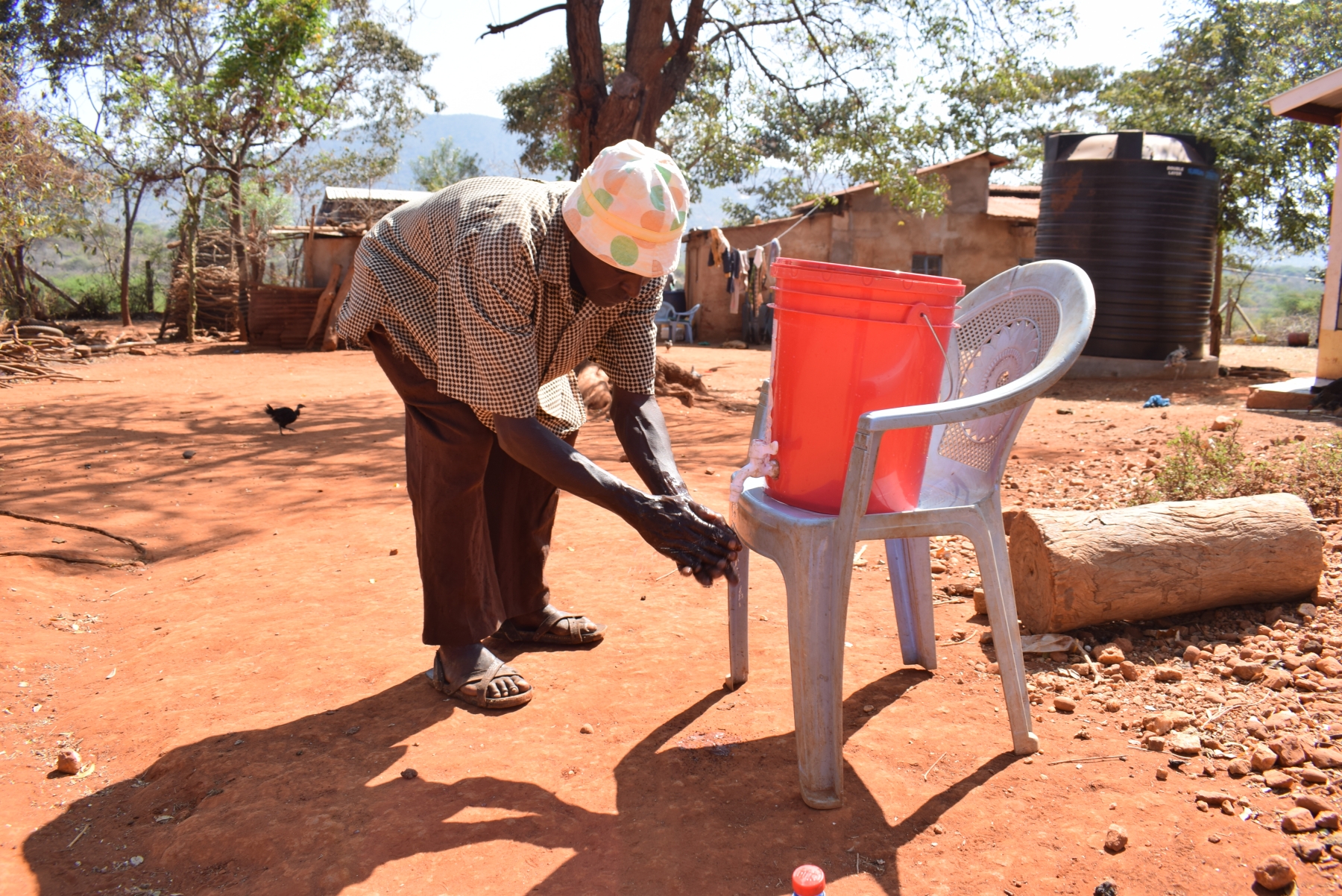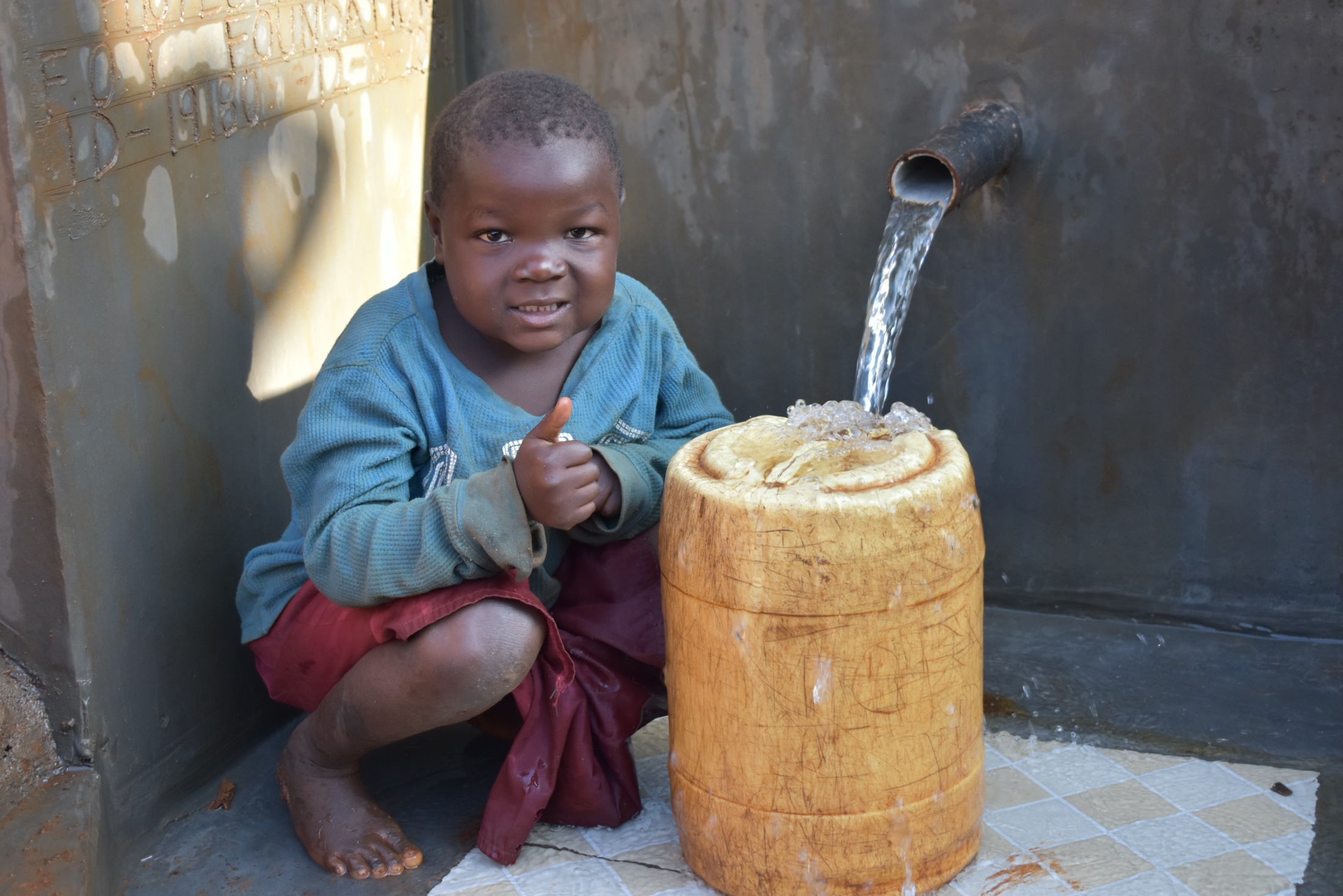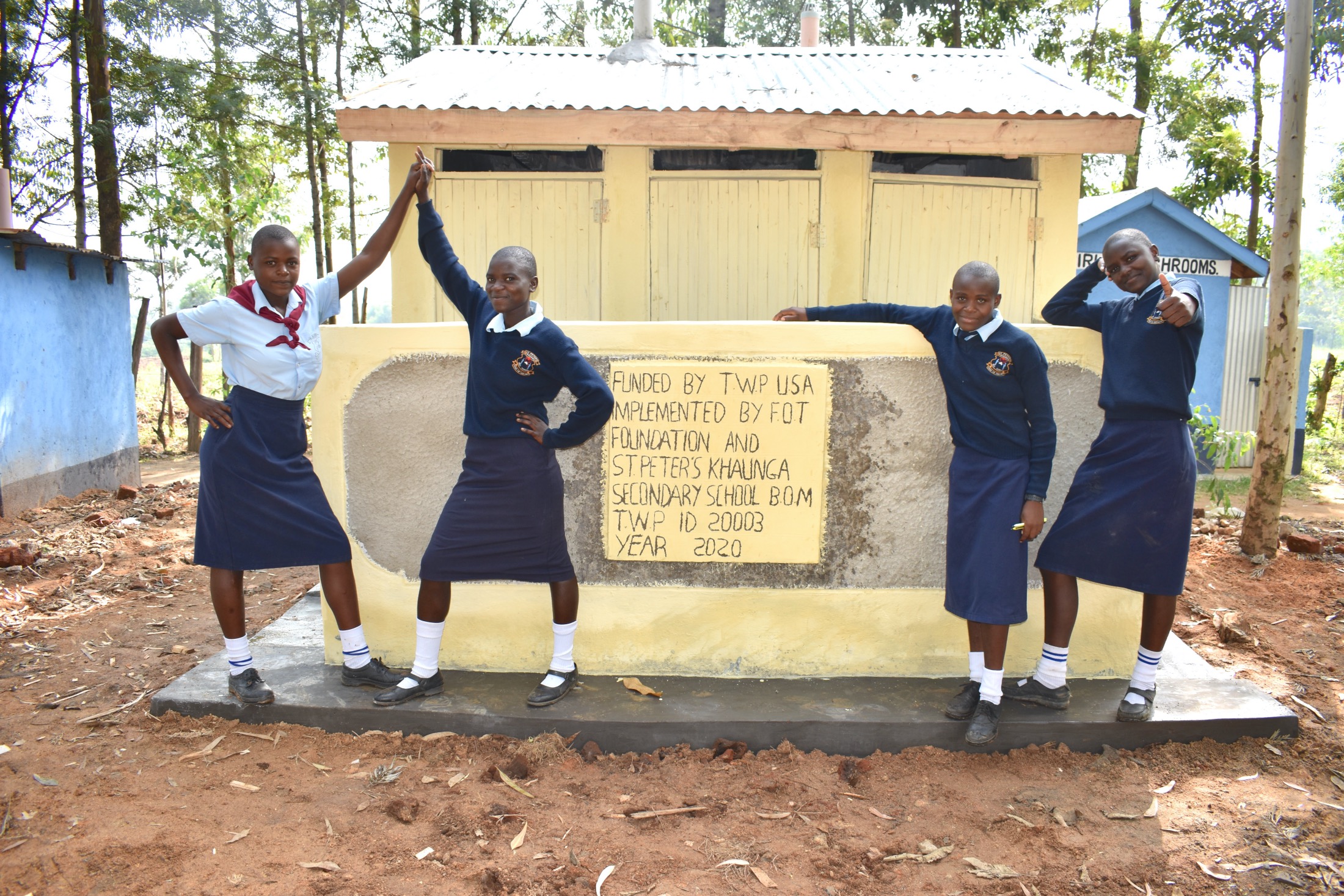COVID-19 is sparing countries with poor hygiene, but waterborne diseases are not
It turns out that lower levels of hygiene, sanitation, and water quality indicate a lower risk of dying from COVID-19. That is what a group of researchers found when trying to understand why some countries are doing better than others during the pandemic.
That does not mean improved sanitation, hygiene, and water access are still not important. In a way, these findings help show why it is crucial to ending the global water crisis.

The researchers suspected that wealthier countries are doing worse than lower-income countries because wealthy countries have higher rates of non-communicable diseases such as high blood pressure, heart disease, diabetes, and more. These lifestyle diseases are associated with higher rates of COVID-19 deaths. Low- and middle-income countries have lower rates of non-communicable diseases, and the researchers found a link between the wealth of a country and the likelihood someone will die from COVID-19.
It is also that case that low- and middle-income countries experience water, sanitation, and hygiene challenges. The surprising finding from the research (Note: The study is a pre-print, which means that it is not peer-reviewed and may have errors that are discovered later) was that the COVID-19 deaths decreased as levels of water, sanitation, hygiene decreased. In other words, bad water is associated with fewer COVID-19 deaths.
The researchers suspect this may be due to the disease burden caused by drinking dirty water and the lack of access to proper sanitation and hygiene. This “immune training,” as they call it, may make people more resilient to COVID-19.

“As the parasite and bacterial disease burden are high in low and low-middle income countries, this can best be inferred upon by the ‘immune training’ in the population of these countries due to chronic exposure to communicable diseases,” write the researchers.
Drinking unsafe water, low handwashing rates and a lack of access to proper sanitation facilities (toilets) contribute to higher communicable diseases rates. It is possible that getting sick often from these problems helps protect someone from dying of COVID-19. But what it does not do is help a child suffering from diarrhea or an adult battling malaria.

New latrines (before physical distancing)
According to the World Health Organization, diarrheal diseases due to a lack of safe drinking water and inadequate sanitation and hygiene are responsible for 842,000 deaths per year. The researchers rightfully point out that their findings do not suggest stopping efforts to improve water access, sanitation, and hygiene.
The need to end the water crisis is as important as ever.
Home More Like ThisTweet